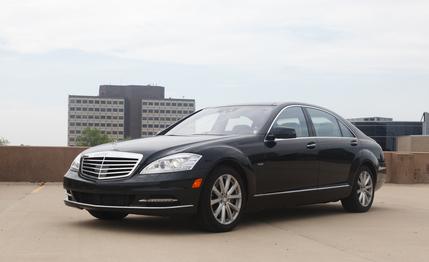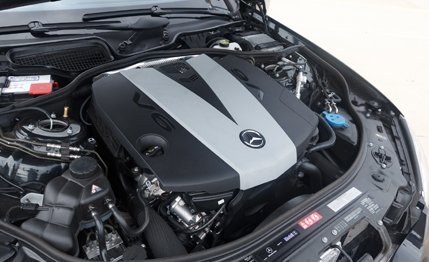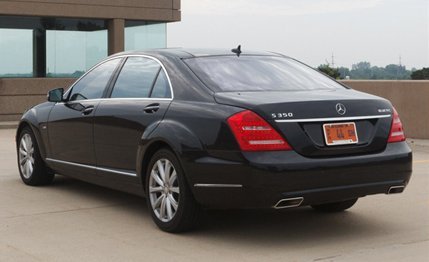
 Short Take Road Test
Short Take Road Test


The Mercedes-Benz S-class has more variants than does any other large luxury car, with powerplants ranging from a hybrid to this S350 diesel (the first supersized Benz oiler since 1995) to two twin-turbo V-8s and two twin-huffed V-12s. Throughout the vast expanse of the range, Mercedes has wisely aligned price with traditional notions of performance. For example, the S400 hybrid, at $92,275, is the cheapest Benz limo and the slowest to 60 mph; the slightly quicker $93,425 S350 BlueTec, available only in 4MATIC spec, undercuts an equivalently optioned S550 by around $4500.
The S400 hybrid’s bottom-rung pricing may be further justified by the fact that it’s a flawed vessel of Benz’s fuel-sipping aspirations, with unpredictable brake feel and a hybrid system that can’t hold a candle to some offered by competitors. But the S350 diesel is more fully realized, an oil barge that offsets its merely ample performance with outlandish torque ratings and range capability.
Powering it is Mercedes’ 3.0-liter V-6 turbo-diesel, seen previously in the ML350 BlueTec. Both the ML and the S pack a more-powerful version of this engine, with a new turbo, new heads, and a host of other changes helping make more power and torque than the version found in, say, the E-class—240 hp versus 210 and 455 lb-ft versus 400.


S and E diesel acceleration comes out about even in our testing: 0-to-60 in 7.0 seconds (S350) to 7.2 (E350). It’s not all due to the increased output, though. The bigger car’s all-wheel-drive system (the E BlueTec is rear-wheel drive only) contributes to the comparable launch times, even if neither Benz diesel can rev out to match the 5.3-second sprint of the last gas-powered S550 we tested. But the sebaceous V-6’s character is resolute, with the same vector-chasing determination of the S550. As in all non-AMG Benzes, throttle response is a bit deliberate, which requires patience but makes it easy to hold an even speed on the highway. A forceful incline of the diesel pedal summons churn that would twist a lesser car apart, and the extra power and torque give the S350 strong passing legs.
Learning to Let Go
All intimations of aggressiveness, however, are undone by the car’s meager grip. The S350 posts a disappointing 0.79 g on the skidpad and brakes like a frigate, needing 181 feet to stop from 70 mph. An S400 hybrid we tested, wearing the same H-rated Michelin Pilot MXM4s, hit 0.86 g and stopped five feet shorter. The hybrid’s better mass distribution helped it in this regard but not as much as the absence of mass itself: The hybrid S-class undercuts the diesel car by nearly 400 pounds.
Still, the diesel gets better mileage than the hybrid, giving more ammo to our argument that modern oil burners are the smart choice for America’s long-distance demands. In its two weeks with us, the S350 returned 26 mpg to the 24 we got in the hybrid.
And even though it’s a diesel, the S350 is marginally quieter than other S-classes. At 70-mph cruise, it posts 66 dB to the 2011 S550 4MATIC’s 67; 70 dB at wide-open throttle to the 550’s 72. It’s even quieter than the hybrid. Indeed, inside the cabin, there’s nothing but subdued luxury—seemingly infinitely adjustable seats, more driver aids than you can shake a stick at, and switchgear that feels as if it were milled from solid hunks of aluminum, which it was. All the S-class virtues remain, but the diesel—cheaper, smarter, and as pleasurable to drive as any S550—brings real rationality and economy to the proceedings.

